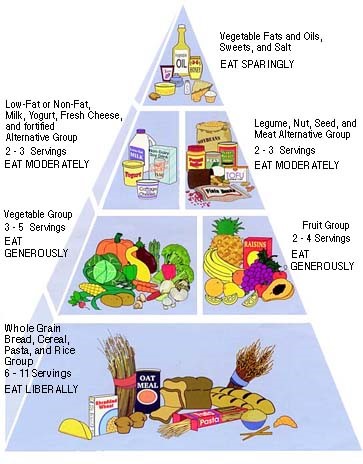The Big Fat Truth
For years fat was a dirty word — something experts warned would harm our hearts as well as our waistlines. Then we were told we could eat what we wanted as long as we avoided the breadbasket. Fortunately, researchers have now singled out what kinds of fat you should eat and how much you need every day.
6 Simple Facts to Follow:
1. Fat won’t make you fat!
You may think any fat you consume will go straight from your lips to your hips, but that’s not entirely accurate. Any nutrient, whether it is a protein or carbohydrate, will be converted into body fat if you eat too much of it. While fat does pack more than double the calories per gram compared to protein and carbs, including a reasonable amount of it in your diet won’t derail your weight loss efforts. In fact, upping your fat intake may actually help you slightly. Stanford University found that people who ate a moderate fat diet lost twice as much weight in two months as those who followed a low-fat diet.
A steady diet of skinless chicken breasts and hold the dressing salads isn’t just bland, it is downright dangerous. The human body cannot survive without fat. In addition to acting as an energy source, it provides cushion for your bones and organs and keeps your hair and skin healthy. Fat also helps your body to absorb certain Vitamins such as A, D, E and K from all the healthy foods you put on your plate.
3. Not All Fats Are Created Equal!
There are different types of fats and some are far better than others. Saturated fats and trans fats are the “bad” fats. They are usually found in animal-based and processed foods (steaks, cheese, butter and doughnuts). “good” fats, poly– and monounsaturated fats, tend to come from fish and plants, such as salmon, olive oil, nuts, and seeds. Saturated and trans fats raise your LDL or “bad” cholesterol which clogs your arteries. Good fats have the opposite effect on your heart.
4. Lower Doesn’t Always Mean Better!
It’s true that a diet high in fat is usually high in calories too, which raises your risk of becoming obese and developing chronic diseases like heart disease and diabetes but going too low can also be bad for your health. Research in the Journal of the American Medical Association found that people who consumed a mere 20% of their calories from fat had the same rates of heart attack, stroke, and certain cancers as those who ate twice as much. Experts recommend getting roughly 25% to 35% of your total calories from fat. It is best to average out your fat intake over the course of a week, meaning you can eat a little more one day and a little less the next.
5. Fish Contains the Healthiest Fats!
Although there’s no such thing as a cure-all, omega-3 fatty acids come pretty close. Research reveals that this type of polyunsaturated fat (found in cold-water fish, like salmon, sardines, anchovies, and flounder, as well as flaxseed, walnuts and red meat from grass-fed animals) can do everything from lower your blood pressure and cholesterol levels to fight memory loss and improve your skin. Some experts say they can even perk up your mood and defend against depression.
A study at Tufts University found that people who increased their intake of omega-3 fatty acids lowered their odds of having a heart attack by 40%. To get enough of this nutrient dine on salmon or another fatty fish at least twice a week. Not a fish fan? Opt for a daily fish oil capsule that’s free of mercury and other contaminants.
6. “Trans-fat-free” labels can be misleading!
After scientists proved how harmful trans fats are to the heart, most major manufacturers scrambled to change their recipes in order to label them “trans-fat-free.” But though the new and improved products are free of these fats, many are still loaded with unhealthy saturated fat from palm oil, butter, or other sources.
It’s also important to know that you can’t always believe everything you read. Even those products that claim to be trans-fat-free can legally still contain up to half a gram per serving. While that may seem like a minimal amount, Harvard scientists found that women who consumed as few as 4 grams a day were three times as likely to develop heart disease. To spot hidden sources of trans fat, scan ingredient lists for partially hydrogenated oil or shortening.
Shape magazine

Suggestions or Topics for Creek’s FitNews:
rcohen@coconutcreek.net